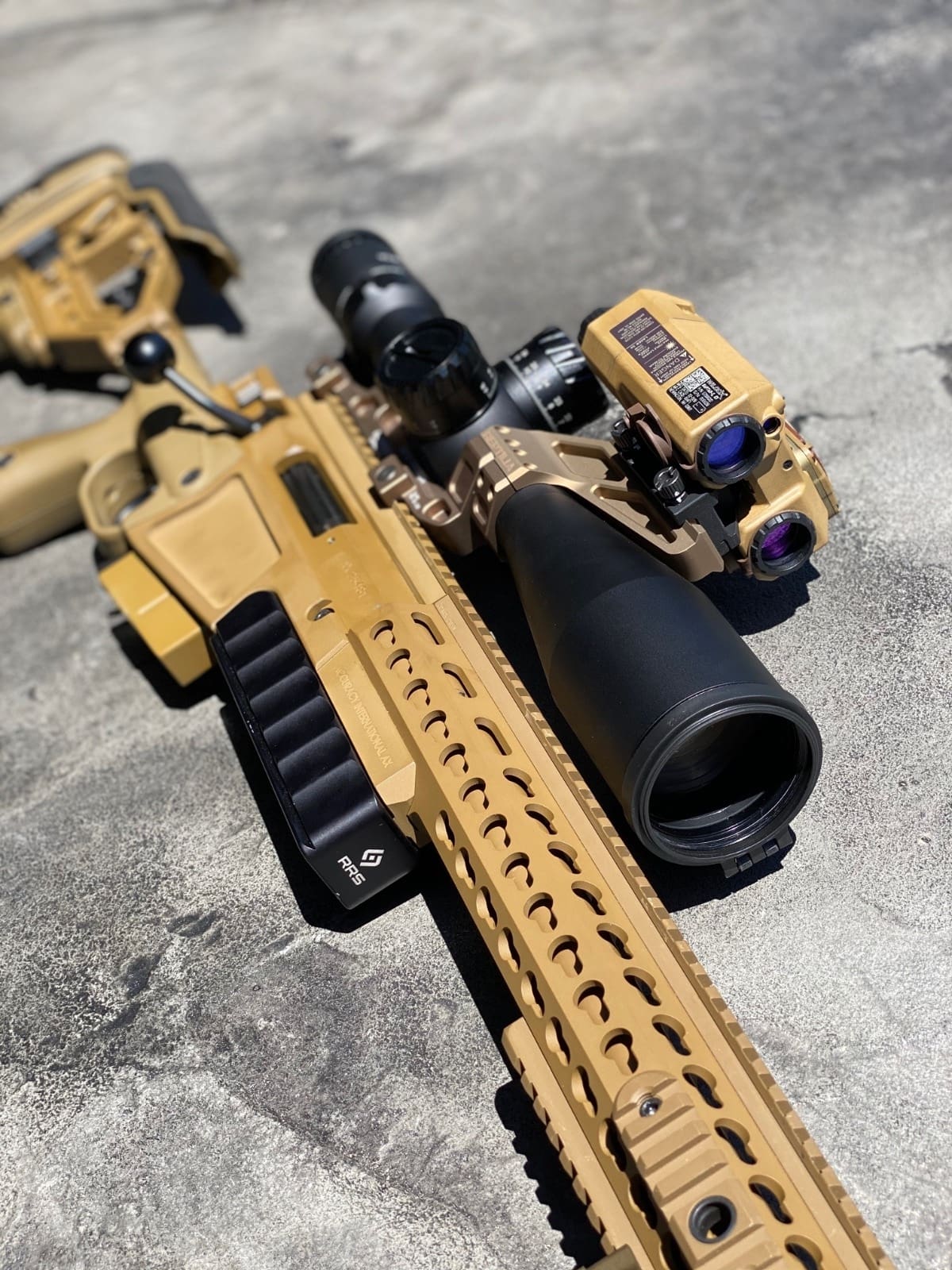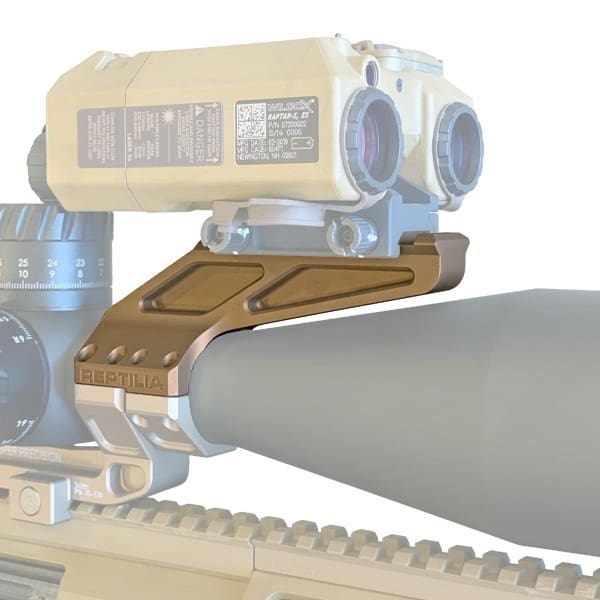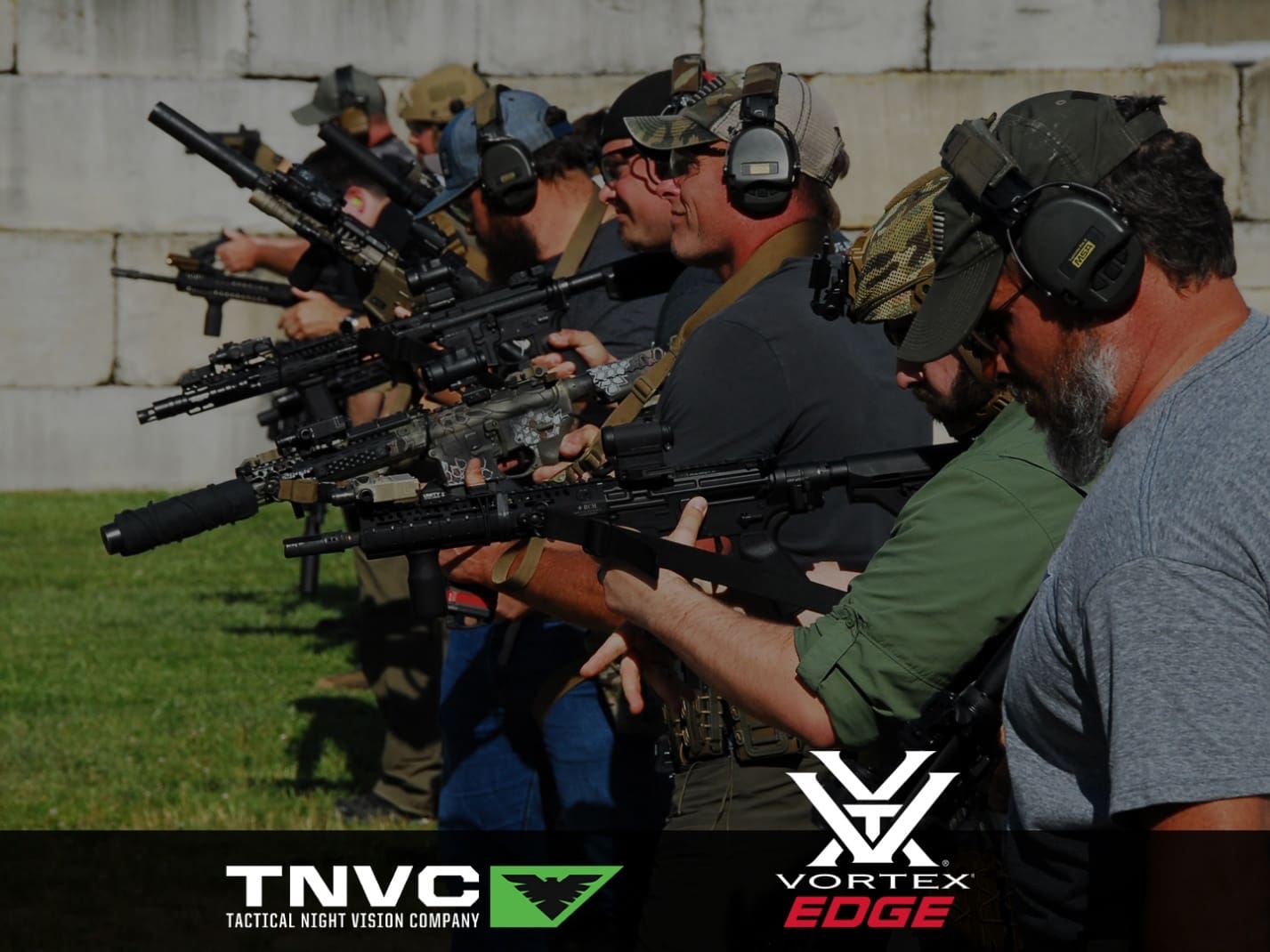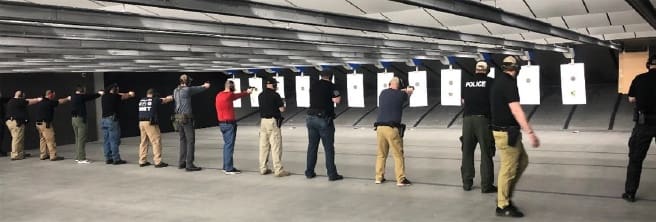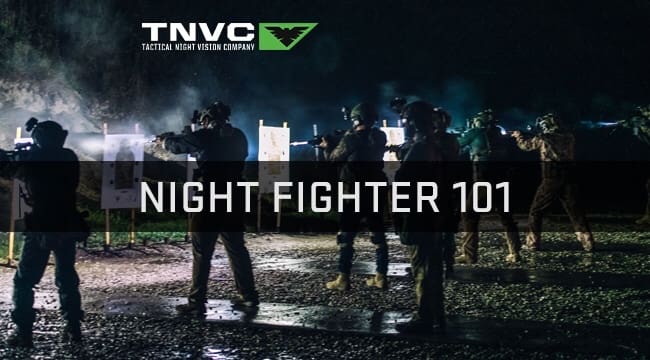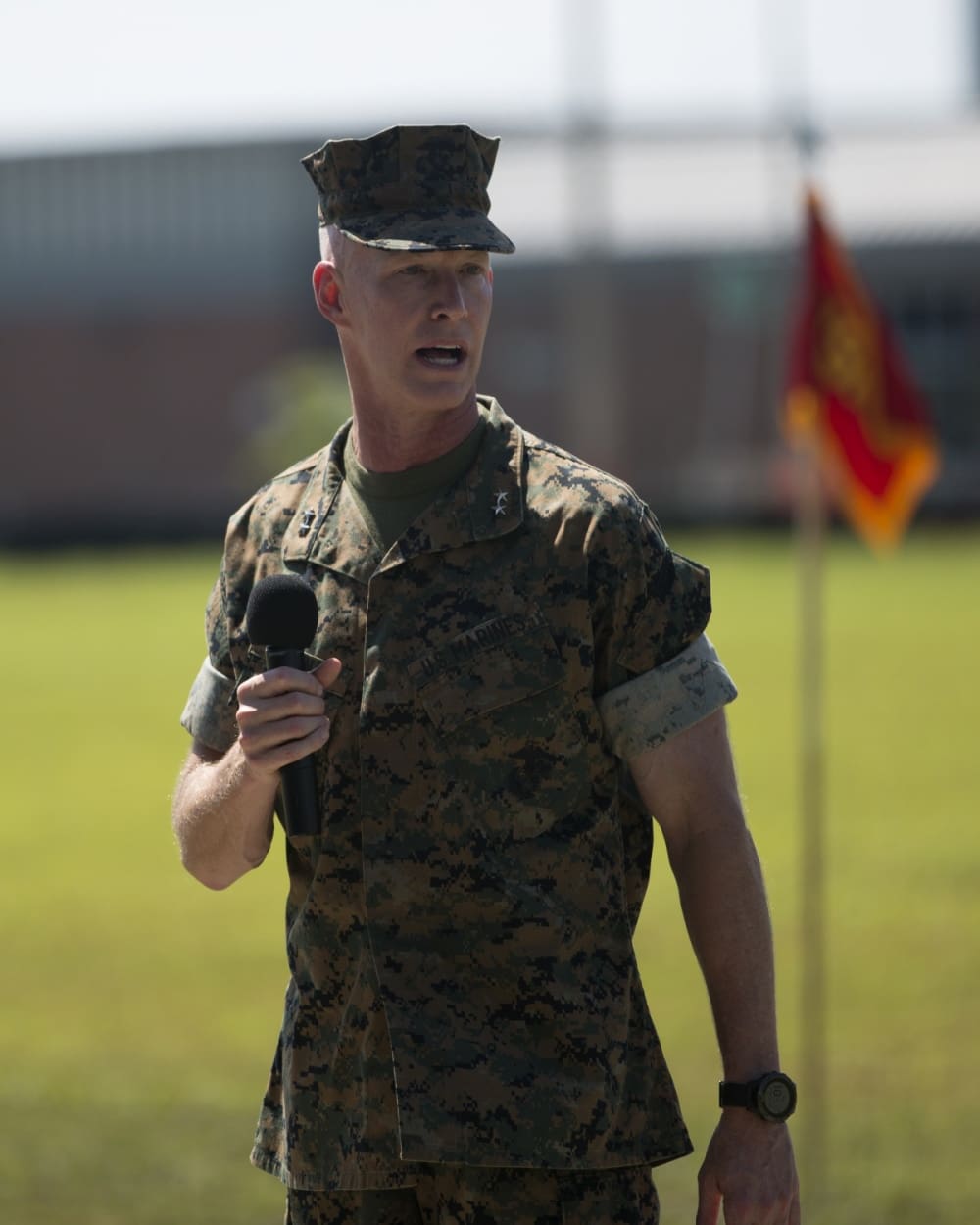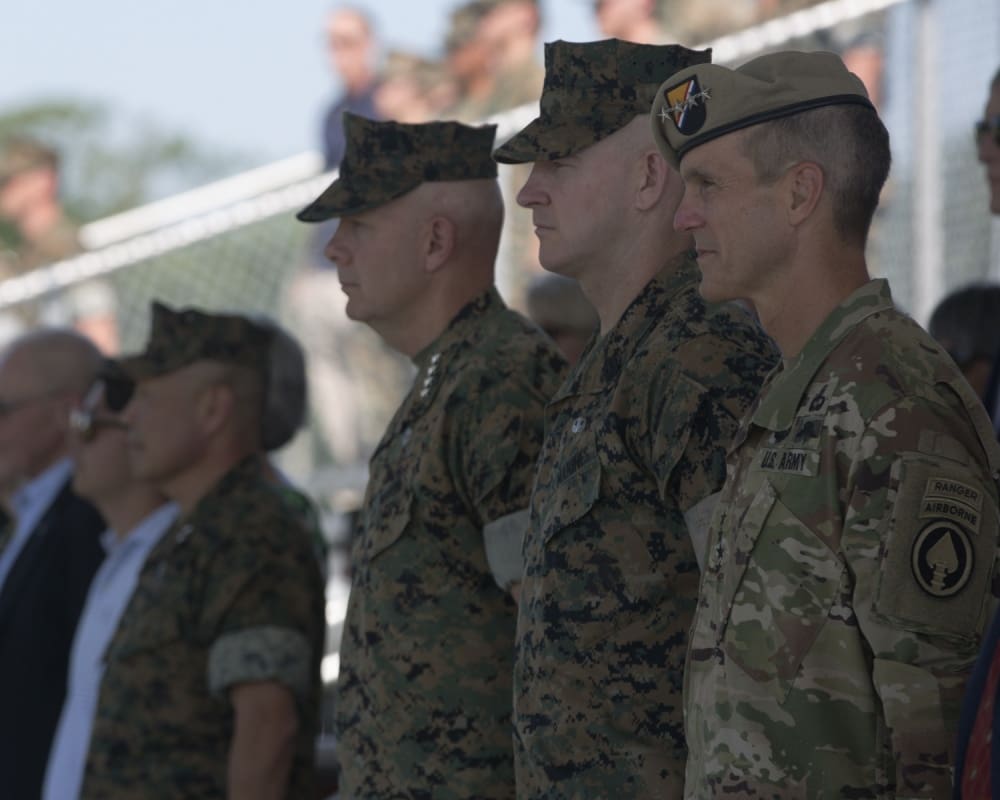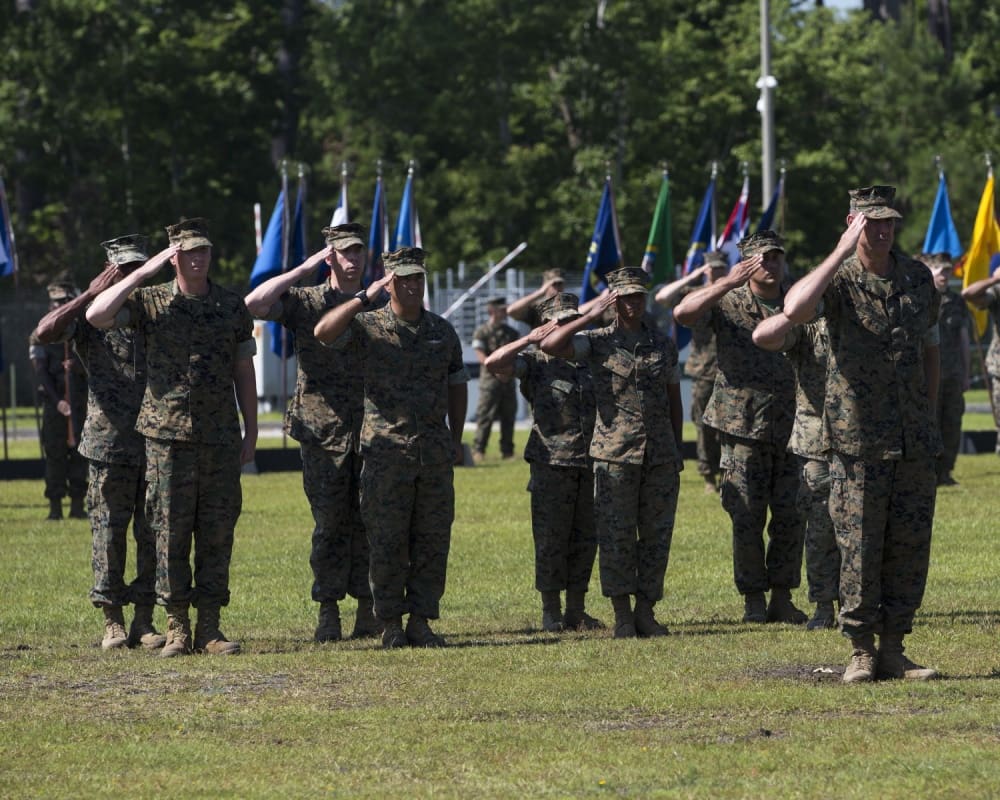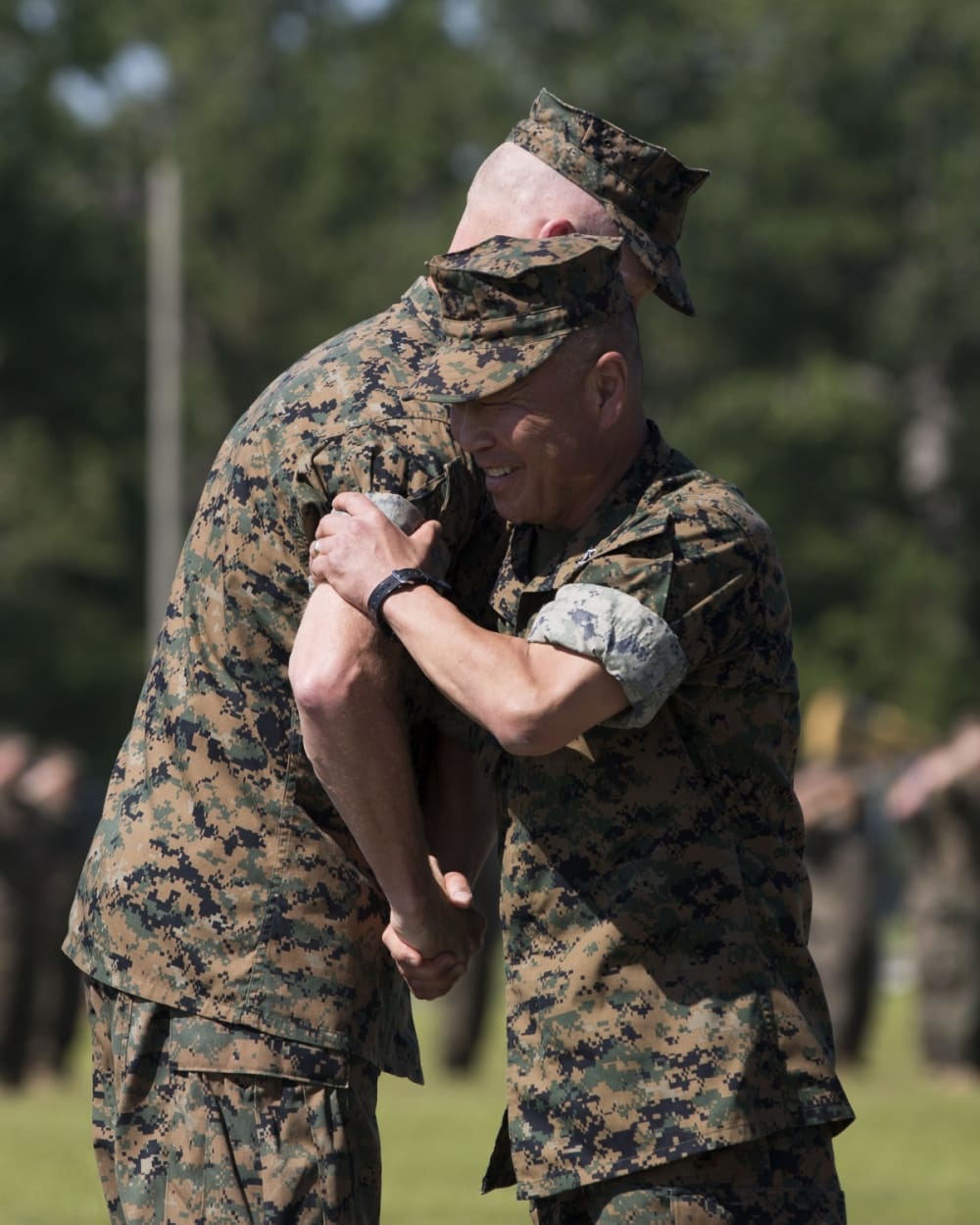FORT POLK, La. — Throughout June, C Troop, 3rd Squadron, 89th Cavalry Regiment is conducting in-class and field training with the latest in night-vision goggle (NVG) technology. The new equipment, the enhanced night vision goggles-binoculars (ENVG-B), not only provides an all-around upgrade in clarity, but also comes with thermal vision capabilities, augmented reality with heads-up display and integrates with weapon optics.
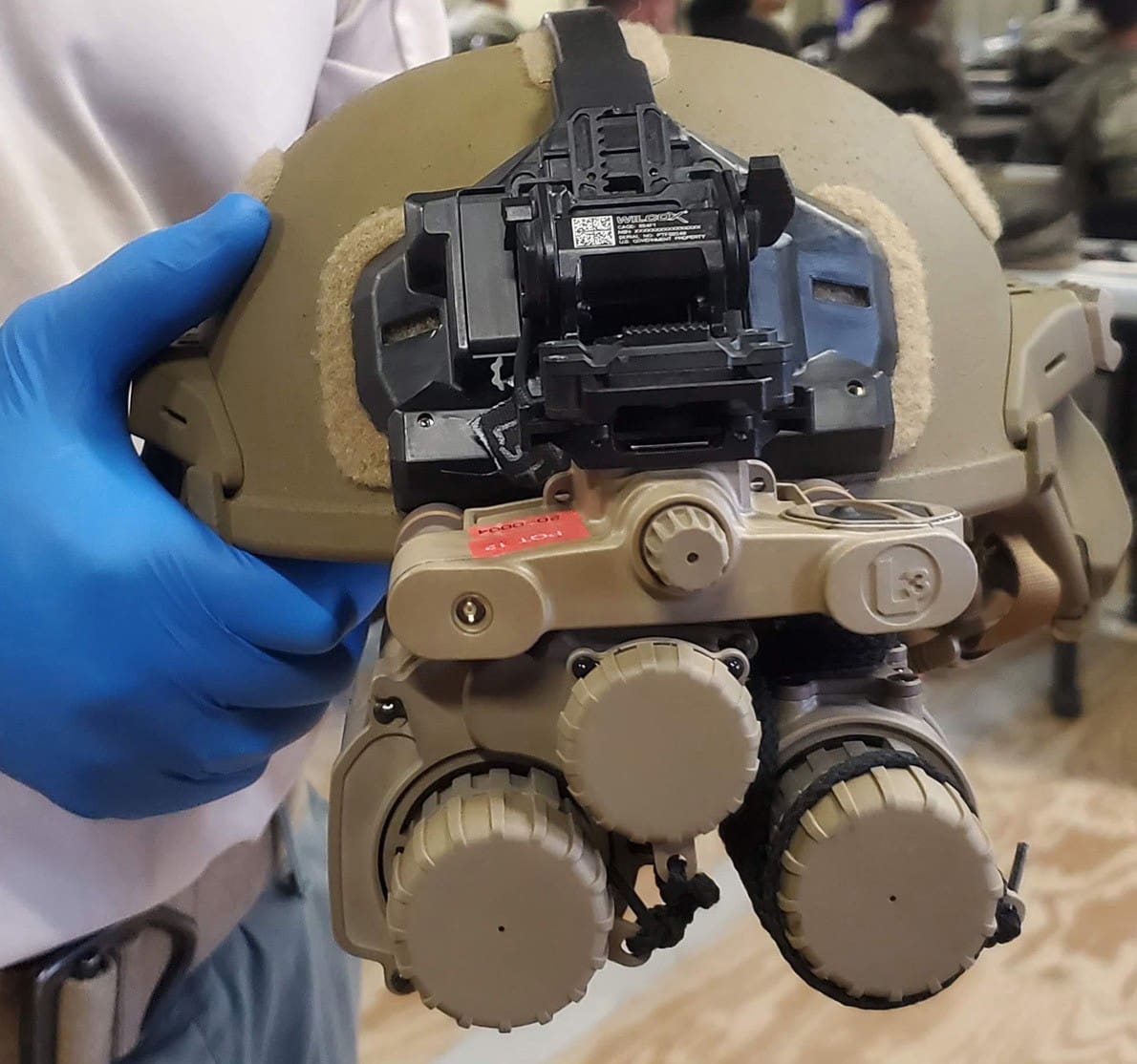
As with all training efforts, the unit is keeping COVID-19 precautions in mind by using the “same social-distancing guidelines that they use at Ranger School and here at the Joint Readiness Training Center. This includes limiting the number of Soldiers and new equipment trainers allowed in the classroom at a given time,” said Capt. William Hess, commander, C Troop 3rd Sqdn, 89th Cav Reg.
During the first week of June, 30 Soldiers received the new equipment training in a classroom environment. Twenty-eight Soldiers, with two on stand-by, completed a range density week beginning June 8, “logging hours with the equipment, executing training according to the Army’s standard qualification tables,” said Hess.
The last two weeks of June are dedicated to situational training exercises. The STX lanes will “use the tactical environment to allow the unit to integrate the newly learned capabilities into our troop leader procedures,” said Hess.
“These Soldiers will be getting a lot of training with the ENVG-Bs.”
Program Executive Office Soldier (PEO Soldier) members from Fort Belvoir, Virginia prompted and supported the ENVG-B training for C troop. Maj. John Nikiforakis, assistant program manager, ENVG-B, PEO Soldier said, “We need to test our night vision technology in a simulated combat environment, so that, by the time it gets to combat, the equipment is refined and ready.”
“As PEO, we are the material developers for technology for the warfighter. Everything we do is geared toward making our Soldiers more lethal, more survivable, and more capable on the battlefield.”
Throughout their training, within and outside of the classroom, Soldiers will gain direct insight into equipment functionality. According to Hess, the Soldiers will also run through the training with the monocular night vision device (PVS-14) — the older NVG model — and then with the ENVG-Bs. Their performance and experiences will be logged, creating a dataset for analysis.
“What we rely on is ‘Soldiers in the loop,’ and that is the Soldier feedback, which ensures the equipment that they are going to fight with is something they actually want to use,” said Nikiforakis.
C Troop Soldiers are excited about the ENVG-B’s and the opportunity to train with the equipment.
Pfc. Hunter Shor, C Troop, 3rd Sqdn, 89th Cav Reg, said, “Compared to the PVS-14s, I just feel the ENVG-B’s are exponentially ahead of their time with thermal technology and integrated systems.”
Similarly, Spc. Simon Ly, C Troop, 3rd Sqdn, 89th Cav Reg said, “It’s been really interesting. I’ve never used equipment with these capabilities before. There are things we can do with the ENVG-Bs that I didn’t think we could do before. For example, the augmented reality that allows us to see checkpoints in the NVGs: I just didn’t know the technology had reached that point.”
With the Soldiers’ feedback and training data, PEO Soldier is able to further ready the device for combat, exceed expectations and meet the needs of Soldiers on the battlefield.
“We go beyond ‘own the night’. We want to be able to identify all threats, under all conditions and be able to shoot first,” said Nikiforakis.
By Christy Graham


